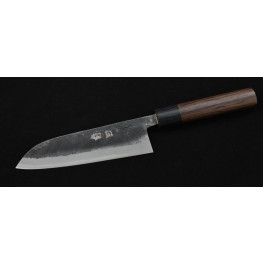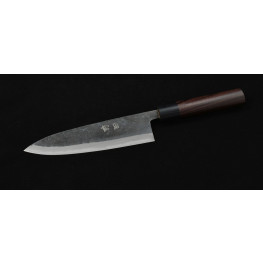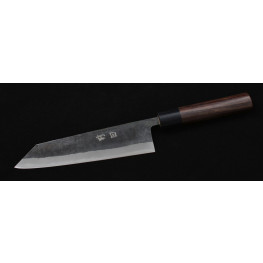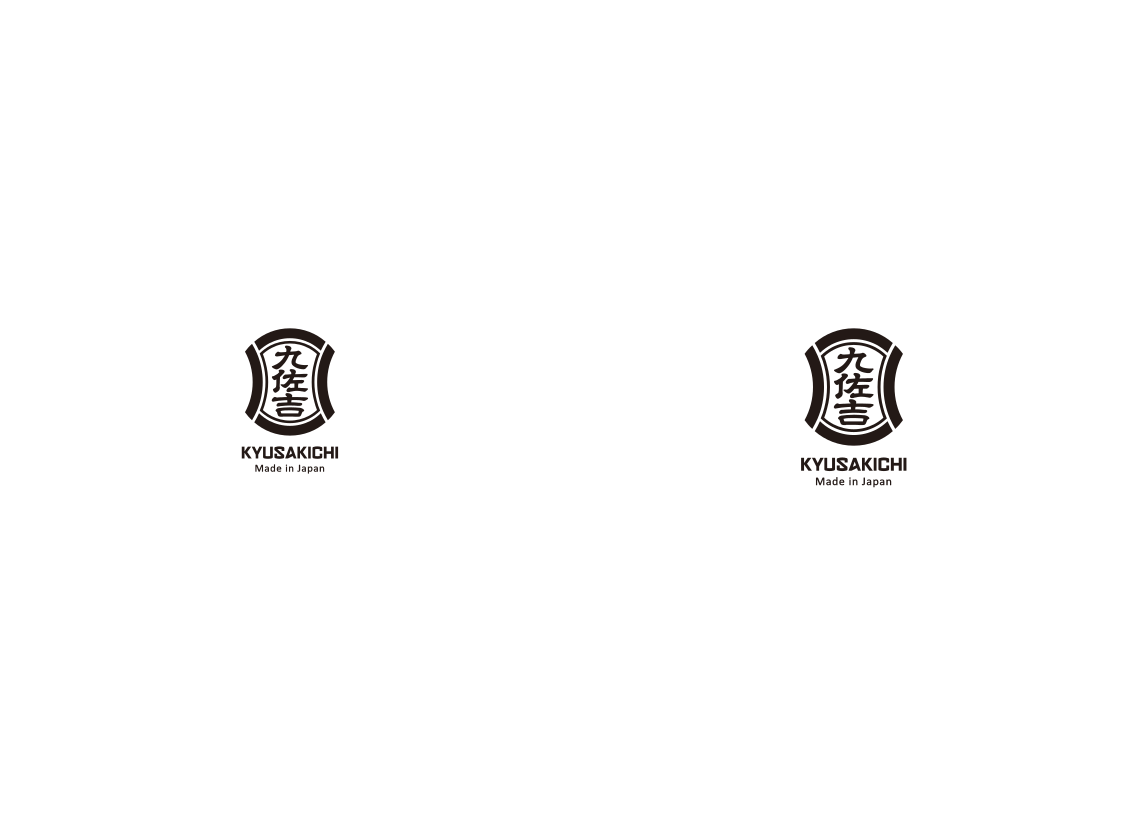Maeda Forge
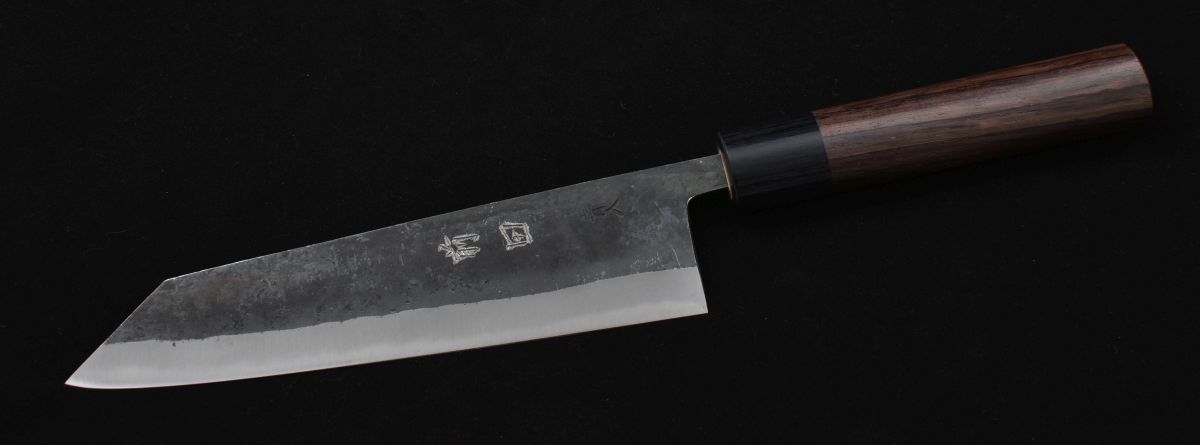
Hand-forged ones will always play an important role in the knife segment. We dare to predict that their exclusivity will have a bullish tendency. Not that the blanked high-end pieces from famous manufacturers could not match them, but the embodiment of the soul of the author in his handwork has an unrepeatable charm. In addition, it literally applies here that every piece is an original. And who wouldn't want to own an original?
The great masters are slowly leaving and not everyone has a successor. From the discovery of a new blacksmith to the acquisition of his products, a fairly long time will pass. And that's only if you're lucky and convince the master that you're worthy of his trust. That's why we got into the car more than a year ago and drove through the island of Shikoku. The below offer is proof that our efforts were not in vain.
Maeda san was a sought-after blacksmith who supplied the local peasants with the necessary tools. He excelled above all in hand scythes, which had a one-sided edge. Since he did not have a son but a daughter, only his grandson took over the succession. Due to the mechanization of agriculture, the demand for hand tools decreased. That's why Kitaoka san started making knives. You can see for yourself that it is successful.
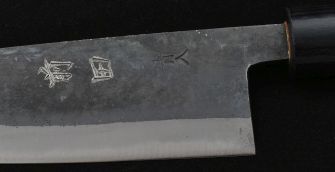
Like many others, Kitaoka san likes to work with "blue" steel, specifically Aogami 2. This traditional material has so many distinctly positive qualities that the need to oil the blade is a real trifle. On the core with a hardness of 63 HRC, the craftsman forges a layer of softer iron. The result is a typical Wa Bocho with a San Mai construction. The blade is in the Kurouchi version, which gives the knife the desired patina. The kanji of Aogami 2 is dark because it was stamped before hardening. Conversely, the Maeda Forge markings have been stamped onto the final blade so they are bright silver.
One of the differences between hand-forged and stamped blades is their sharpening. If for the latter the value of the angle in the range of 15-20° is mostly valid, the masters will treat their forged blades to a more robust edge. The main reason is its durability. Such a blade really doesn't need to be sharpened for a long time, and that's what it's all about in normal practice. It should also be added that the razor blade type would look quite comical on such knives. Finally, each blade can be resharpened according to the user's preferences. This is how you get an original symmetrical Hamaguri cut with a master's handwriting.
The handles were installed by craftsmen from Hokiyama Cutlery. And not just any. The oval handle made of exotic rosewood flows beautifully smoothly into the ring made of stabilized pakkawood. The whole looks very authentic, and it actually is. If you're looking for a piece of genuine Japan, you're just a stone's throw away.
©2023 Copyright Roman Ulík, Nippon Knives, www.japonskenoze.sk all rights reserved.
Photos and texts are protected by copyright law and their use without the author's consent is not possible.


 Sign in
Sign in Registration
Registration


